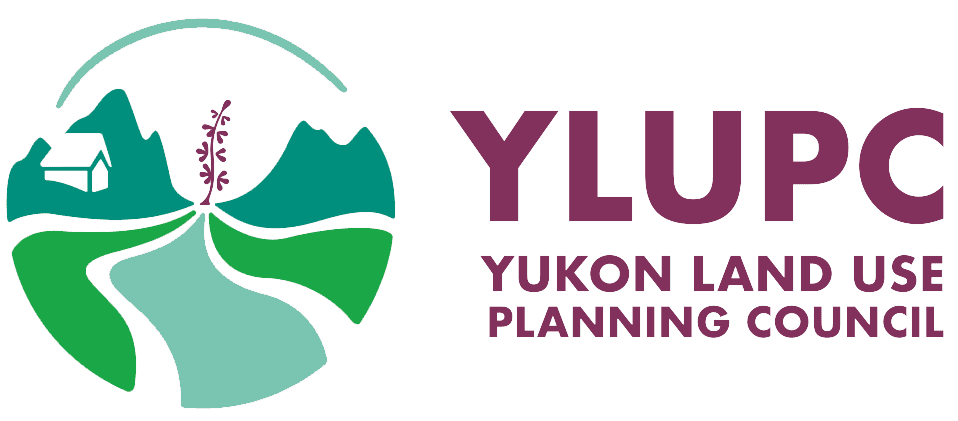In looking to a future of emerging development throughout Canada’s North, new approaches and fresh thinking will be required to realize the tremendous potential in the resource wealth of the vast landscape of our largely untapped northern frontier. The change will need to understand the North as a storehouse of natural resources that can extend shared value to not only the North, but indeed across Canada.
It will need to be open in the perception of and dialogue around development to embrace sustainability perspectives, attract investment and enable opportunities that enhance economic, social and environmental outcomes. It will need to consider a new way of doing business in the new North. Underlying this change will be innovation in planning that can better balance competing land uses.
The presentation will question what the North, the role of planning and sustainability means in light of the kind of change that can drive new approaches to dealing with past challenges. It will outline elements, constraints and opportunities associated with developing a new paradigm for development. Among these will be governance, planning and regulatory instruments that can more effectively address public, First Nations, conservation and industry interests.
